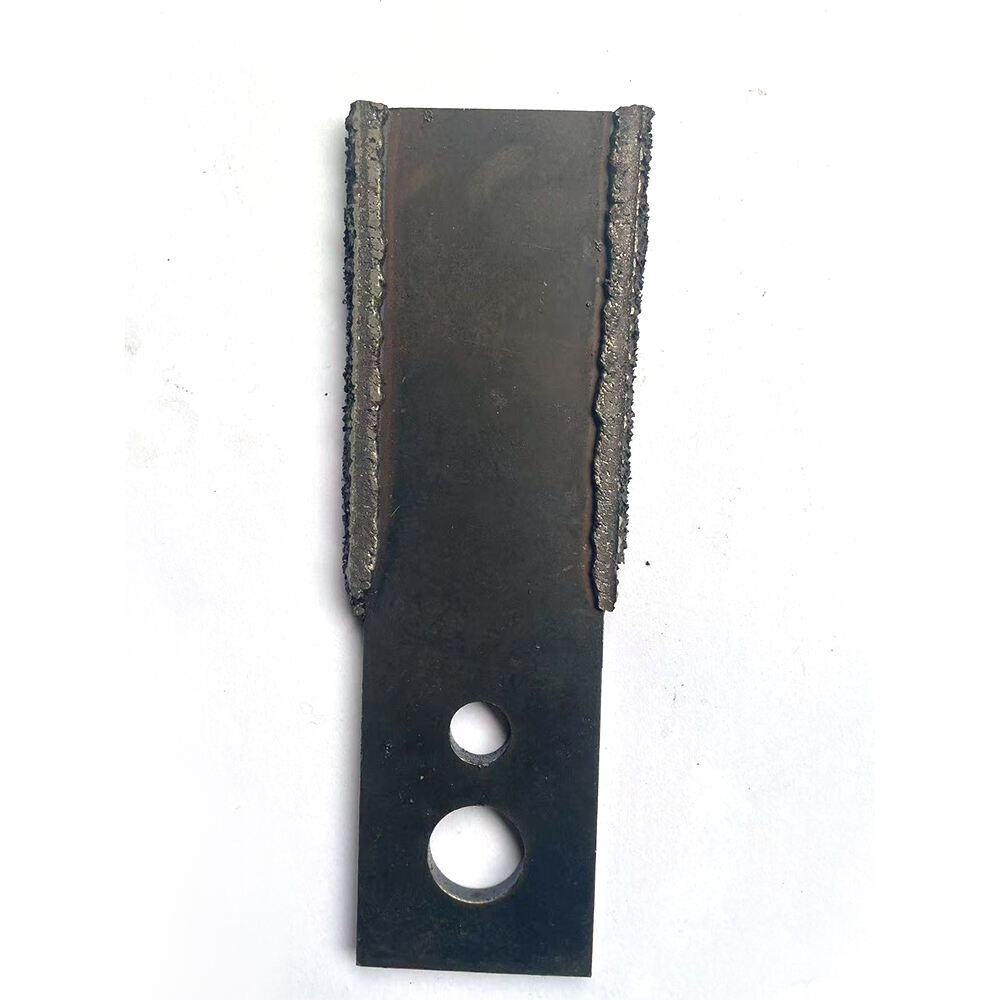Essential Guide to Industrial Hammermill Component Care
Maintaining hammermill parts is crucial for ensuring optimal performance and longevity of your grinding equipment. Whether you operate in feed production, biomass processing, or waste reduction, understanding the proper care and maintenance of your hammermill components can significantly impact your operation's efficiency and bottom line.
The complex nature of hammermills requires careful attention to each component, from the hammers themselves to the screens and rotors. Regular maintenance not only prevents costly breakdowns but also ensures consistent particle size and throughput quality. Let's explore the comprehensive approach to keeping your hammermill parts in peak condition.
Critical Components and Their Maintenance Requirements
Hammer Assembly and Wear Patterns
The hammer assembly represents the heart of your grinding operation. These hammermill parts experience the most direct contact with materials and consequently undergo the highest wear rates. Regular inspection of hammer wear patterns helps identify potential issues before they become critical failures.
Proper maintenance includes checking hammer thickness, ensuring proper spacing, and monitoring for unusual wear patterns. It's recommended to rotate hammers periodically to promote even wear and extend their service life. Many operators establish a rotation schedule based on material throughput rather than time intervals.
Screen and Grate Management
Screens and grates play a vital role in particle size control and system efficiency. These hammermill parts require regular inspection for wear, damage, and proper tensioning. Worn screens can lead to inconsistent particle size and reduced throughput capacity.
Maintenance protocols should include regular cleaning to prevent material buildup, inspection for hole elongation, and monitoring of screen tension. Implementing a proactive replacement schedule based on wear indicators helps maintain consistent product quality and prevents unexpected failures.

Preventive Maintenance Strategies
Bearing and Rotor Care
Bearings support the intense rotational forces within the hammermill and demand careful attention. Regular lubrication, temperature monitoring, and vibration analysis form the cornerstone of bearing maintenance. Proper care of these hammermill parts prevents catastrophic failures and extends equipment life.
The rotor assembly requires regular inspection for balance and alignment. Any signs of imbalance should be addressed immediately to prevent accelerated wear of other components and maintain optimal grinding efficiency.
Drive System Optimization
The drive system, including belts, sheaves, and motor components, requires systematic maintenance to ensure reliable operation. Regular belt tension checks, alignment verification, and wear monitoring help prevent unexpected downtime.
Implementing a comprehensive maintenance schedule for all drive system hammermill parts helps maintain peak performance and energy efficiency. This includes regular cleaning to prevent material buildup and inspection of mounting hardware for proper torque.
Advanced Monitoring and Diagnostics
Performance Tracking Systems
Modern hammermill operations benefit from advanced monitoring systems that track component performance and wear patterns. These systems help operators anticipate maintenance needs and optimize replacement schedules for various hammermill parts.
Digital monitoring solutions can track power consumption, vibration levels, and temperature patterns to identify potential issues before they lead to equipment failure. This proactive approach helps maintain consistent production quality while minimizing unexpected downtime.
Predictive Maintenance Technology
Implementing predictive maintenance technologies allows operators to move beyond traditional time-based maintenance schedules. By monitoring key performance indicators and wear patterns, maintenance can be scheduled based on actual component condition rather than arbitrary intervals.
These advanced systems help optimize the lifecycle of hammermill parts while ensuring peak operating efficiency. The resulting data helps refine maintenance schedules and improve overall equipment reliability.
Inventory Management and Part Selection
Strategic Spare Parts Planning
Maintaining an appropriate inventory of replacement hammermill parts is crucial for minimizing downtime during maintenance operations. This requires careful planning and consideration of lead times, wear rates, and critical component identification.
Developing relationships with reliable suppliers ensures access to quality replacement parts when needed. Creating a detailed inventory management system helps track part usage patterns and optimize stock levels.
Quality Standards and Material Selection
Selecting high-quality replacement parts is essential for maintaining optimal equipment performance. This includes understanding material specifications, wear characteristics, and compatibility with existing components.
Working with reputable suppliers who understand the specific requirements of your operation helps ensure access to appropriate hammermill parts that meet or exceed original equipment specifications.
Frequently Asked Questions
How often should hammermill parts be inspected?
Regular inspections should be conducted daily for critical wear components, while comprehensive inspections should be performed weekly or based on operating hours. The specific schedule may vary depending on the materials being processed and operating conditions.
What signs indicate immediate hammermill maintenance is needed?
Key indicators include unusual vibration, decreased throughput capacity, inconsistent particle size, increased power consumption, or unusual noise during operation. Any of these signs warrant immediate inspection of relevant components.
How can I extend the life of my hammermill components?
Implement regular maintenance schedules, ensure proper operating conditions, maintain correct clearances and settings, use high-quality replacement parts, and follow manufacturer recommendations for care and operation. Regular training of maintenance personnel also contributes to extended component life.
